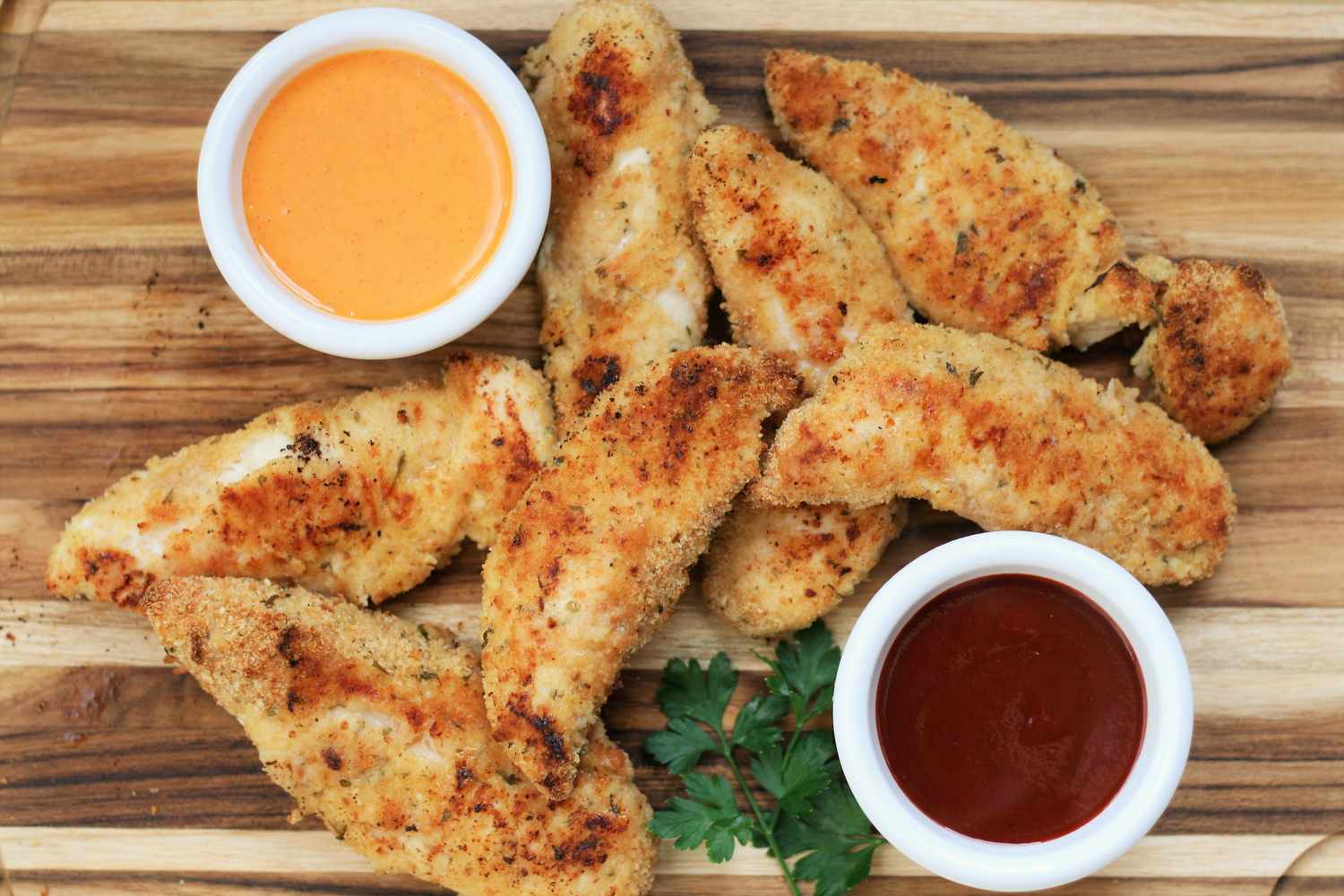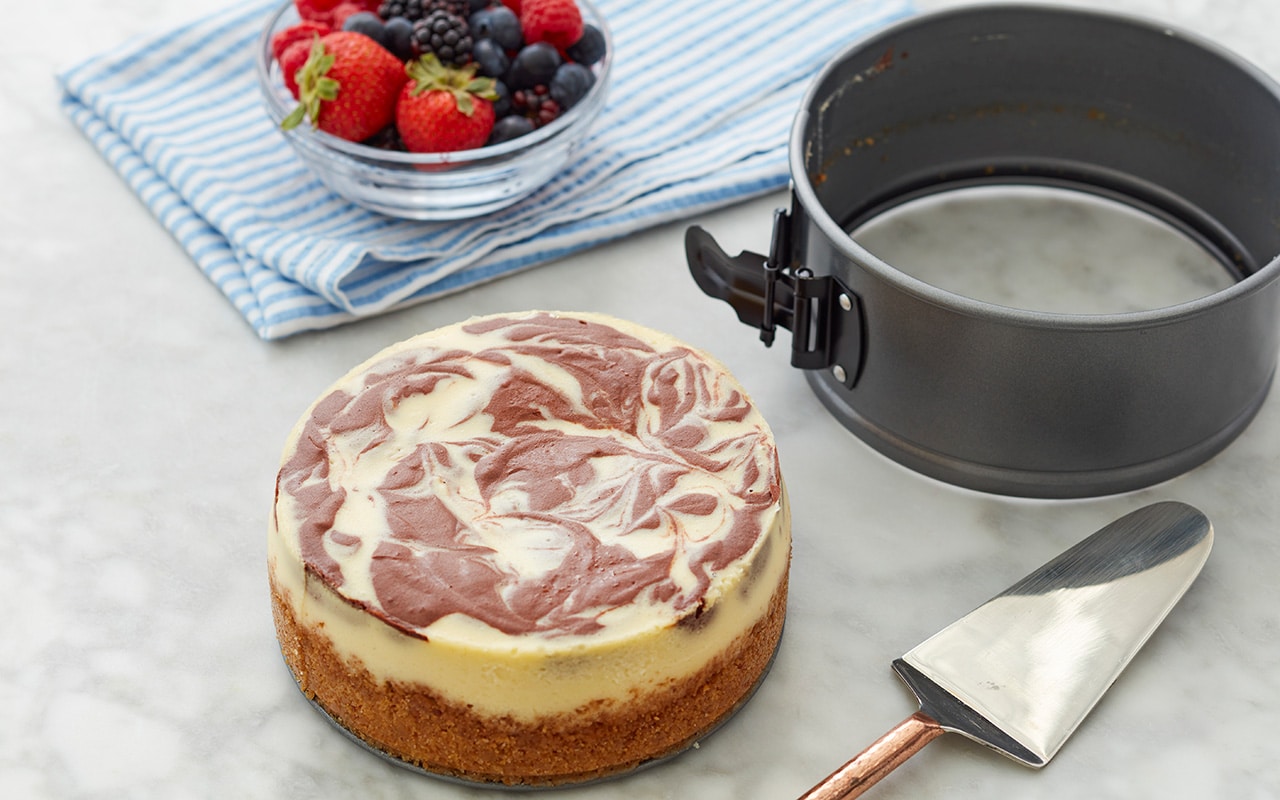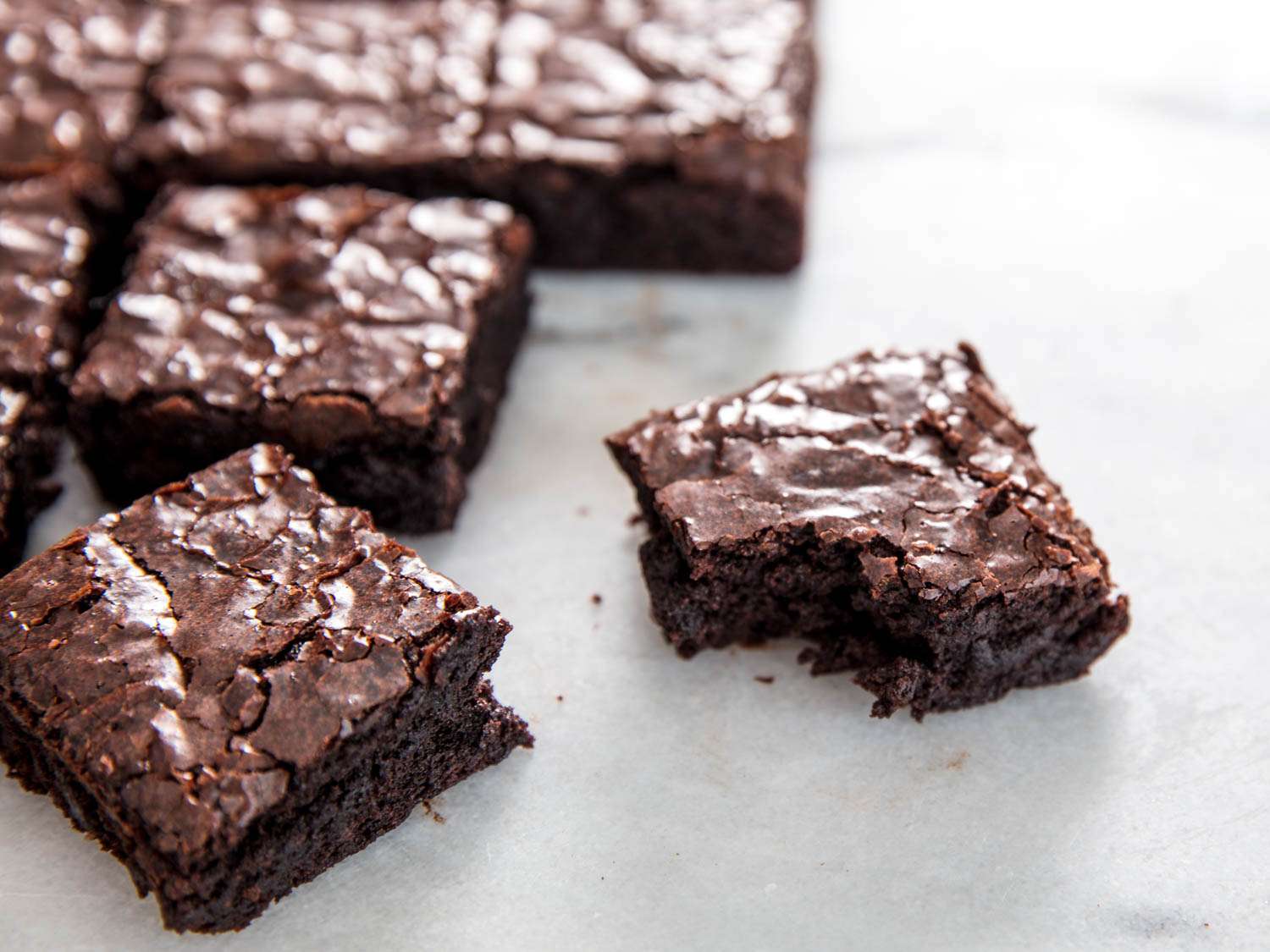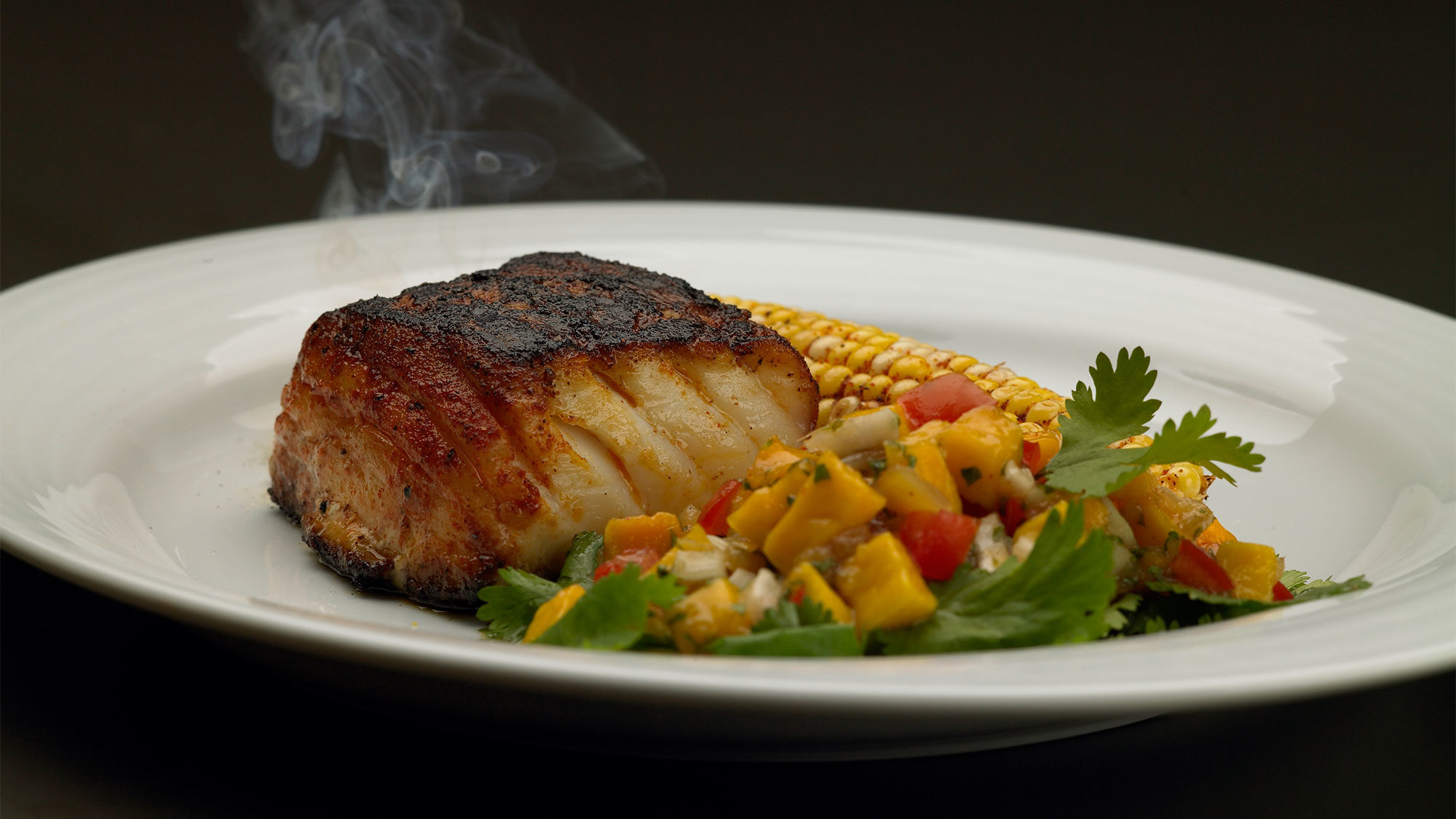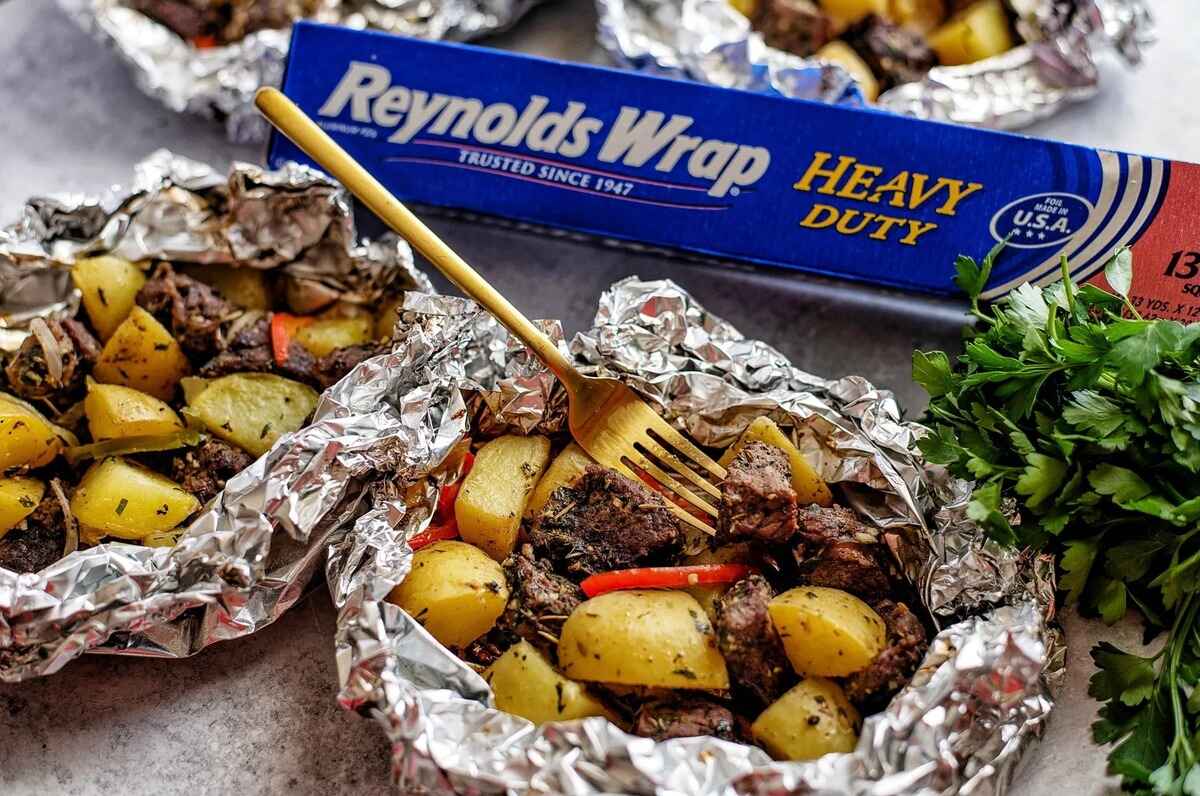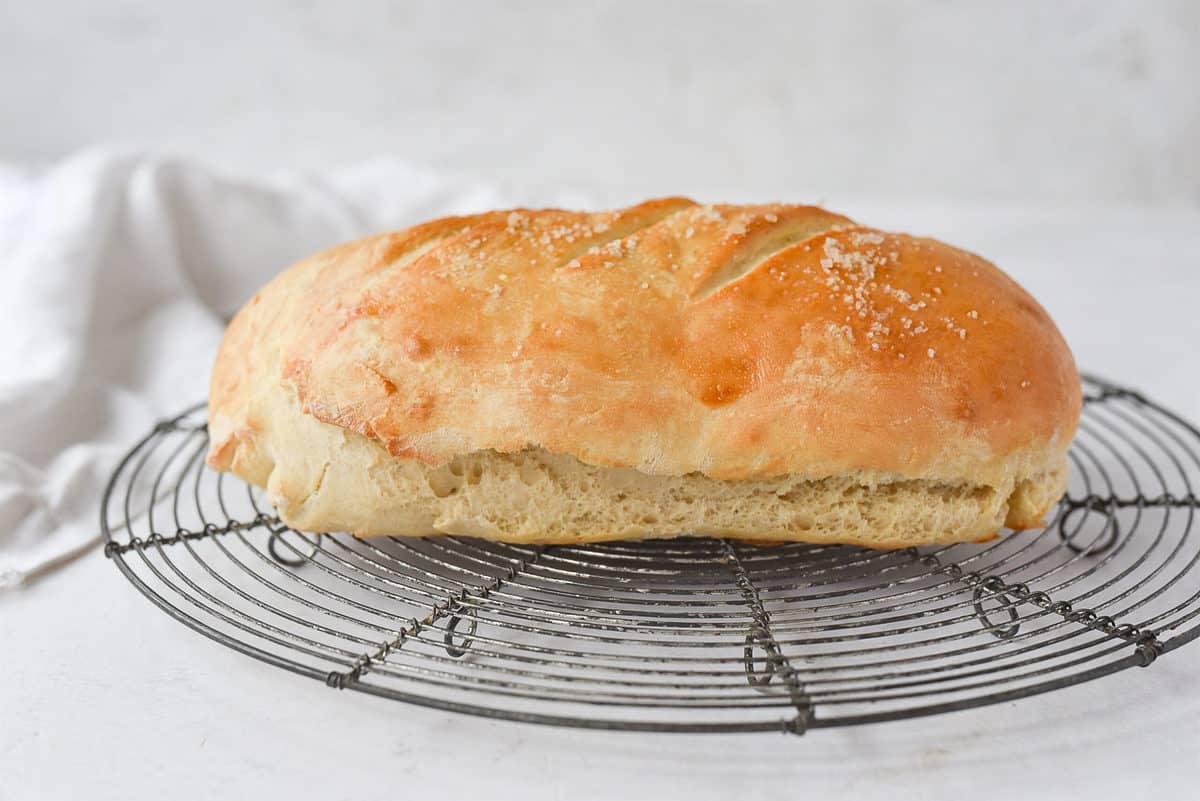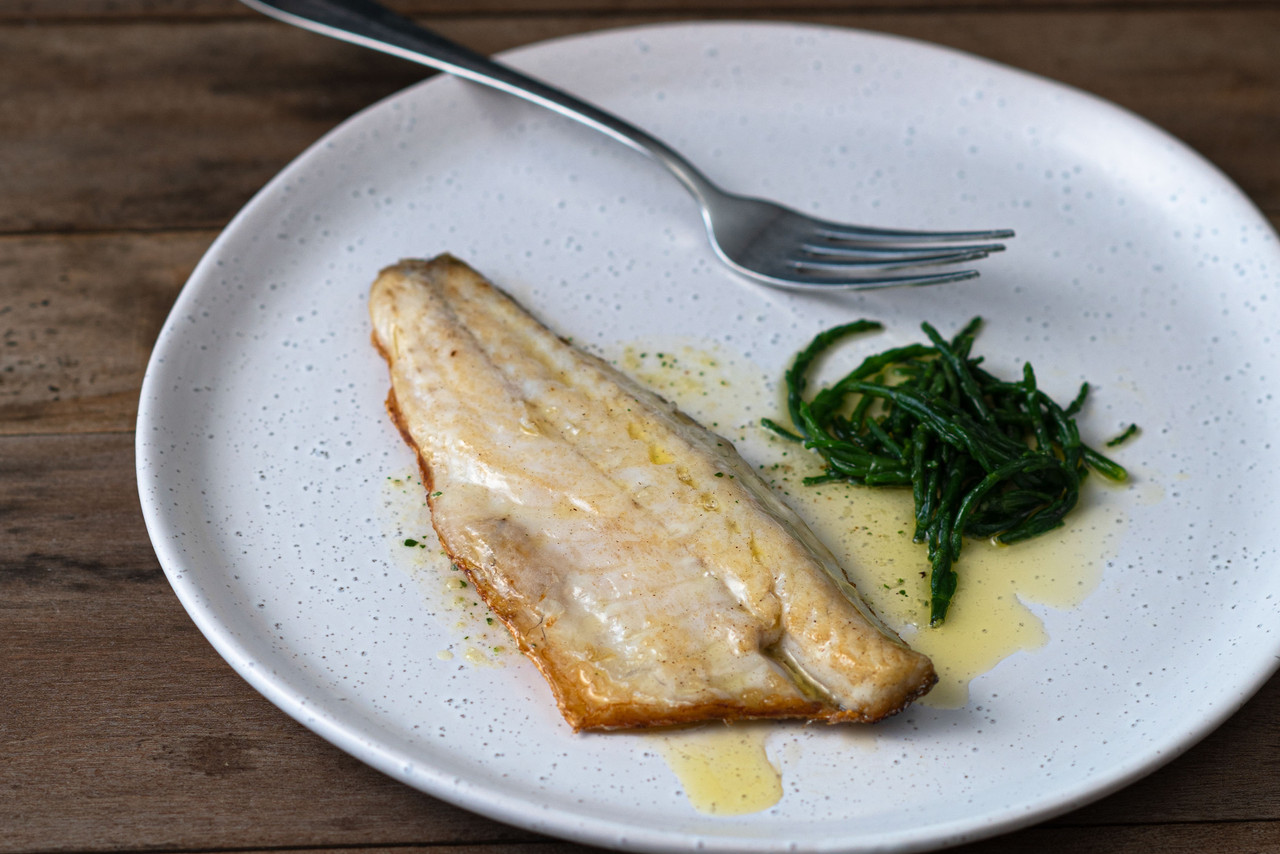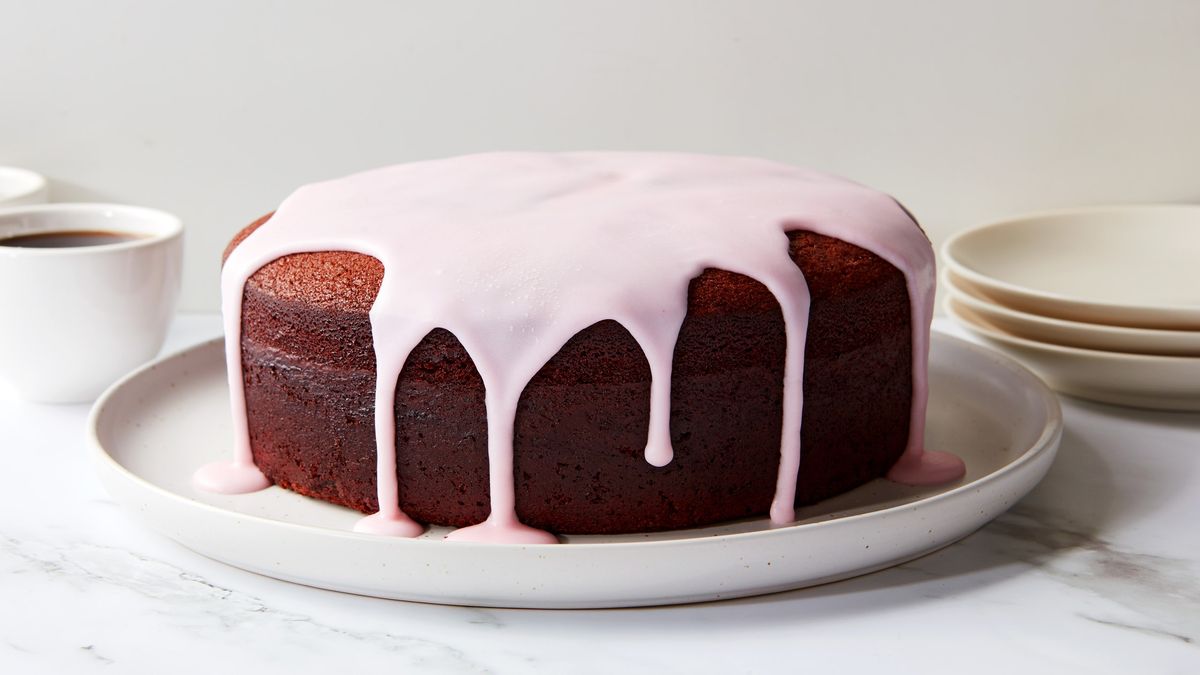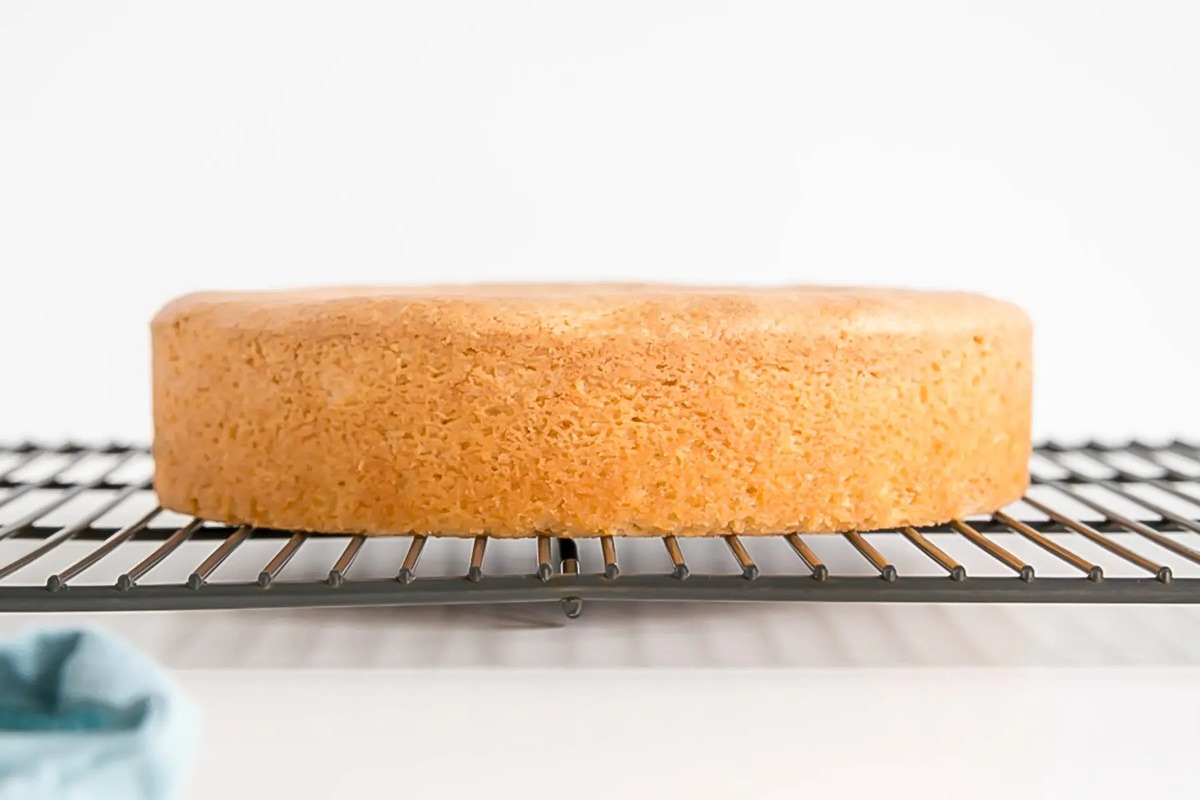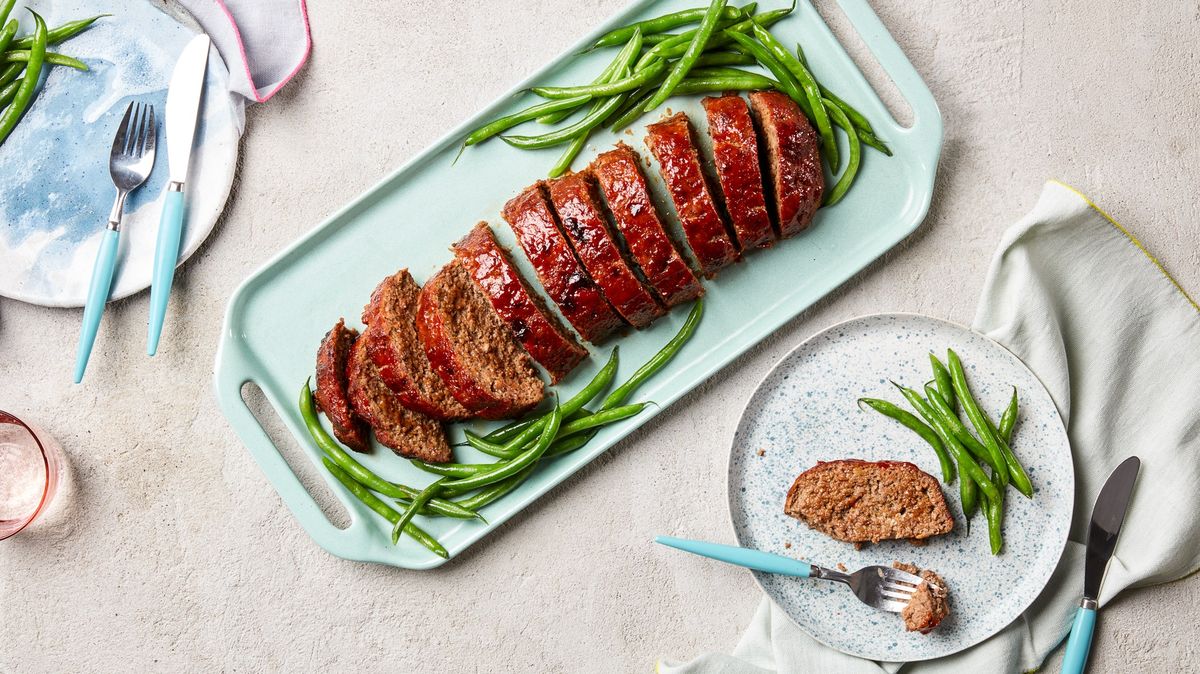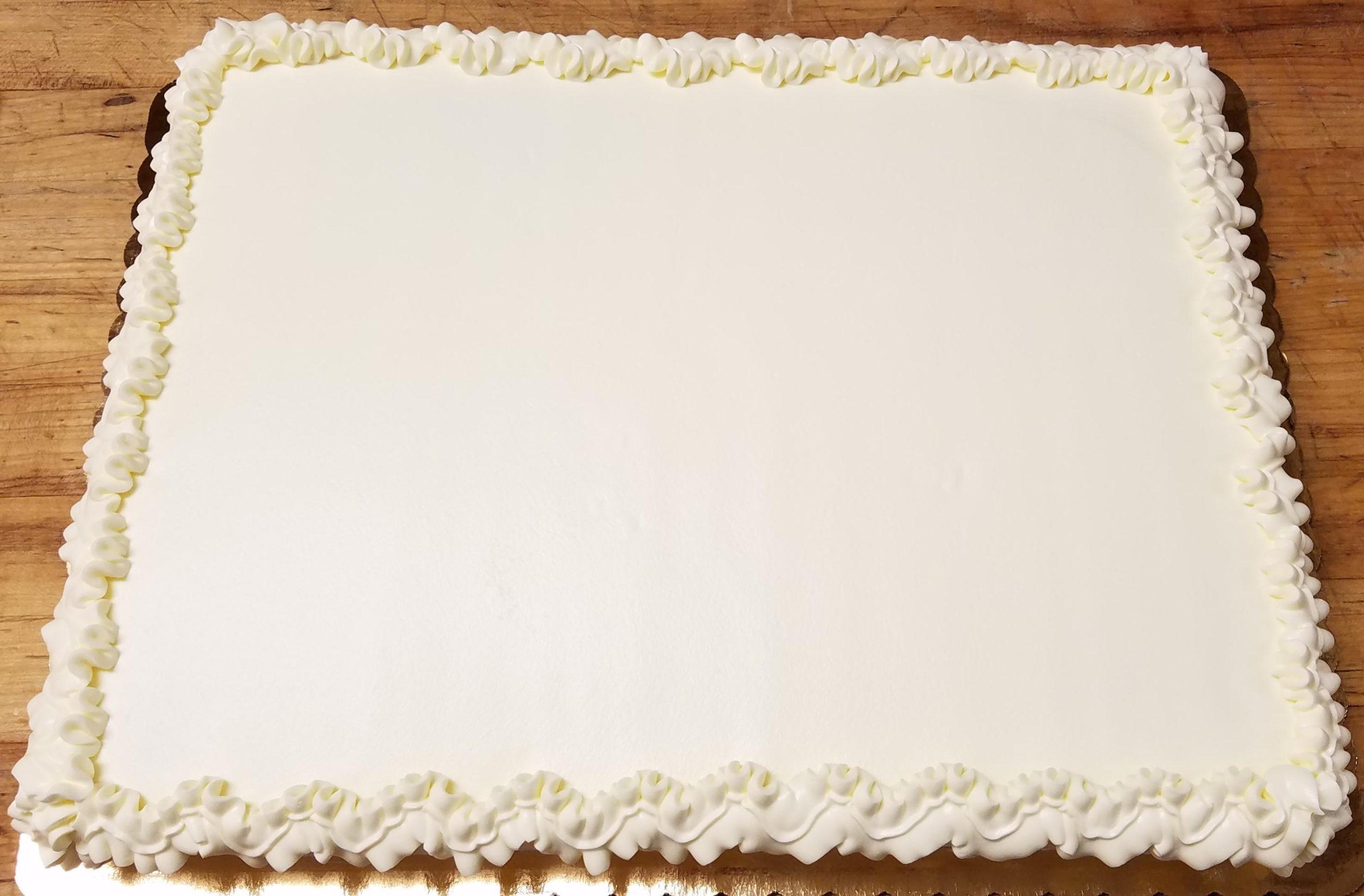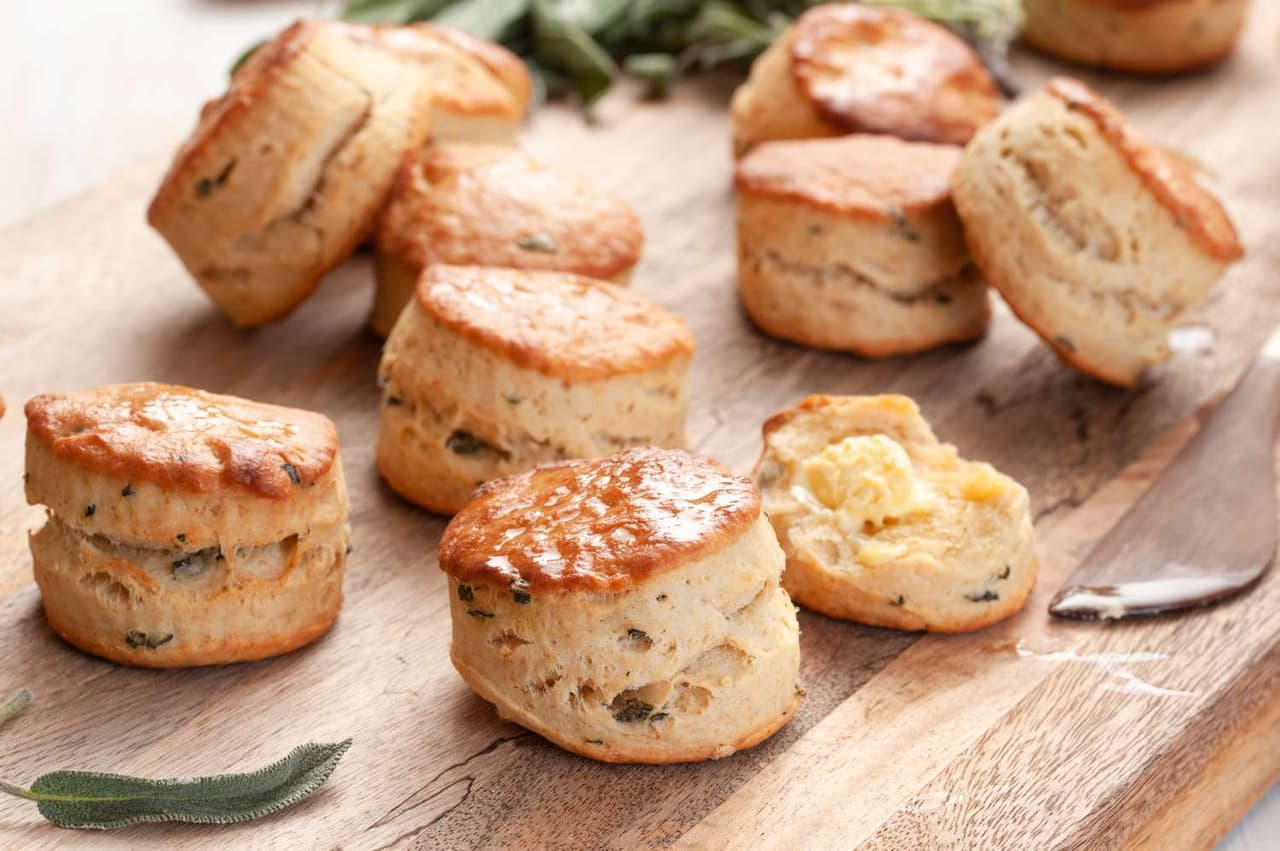Preparing Phyllo Dough Ahead of Time for a Perfect Pie
Phyllo dough is a delicate and versatile ingredient that can be used to create delicious and flaky pies. However, working with phyllo dough can be time-consuming, and it’s not always convenient to prepare it on the same day you plan to bake your pie. Fortunately, there are ways to prepare phyllo dough ahead of time so that you can save time and still enjoy a perfect pie when you’re ready to bake.
Why Prepare Phyllo Dough Ahead of Time?
Preparing phyllo dough ahead of time offers several benefits:
- Time-saving: By preparing the dough in advance, you can save time on the day you plan to bake your pie.
- Convenience: Having the dough ready to use allows for more flexibility in your baking schedule.
- Improved flavor and texture: Allowing the dough to rest can enhance its flavor and texture, resulting in a better pie crust.
Steps to Prepare Phyllo Dough Ahead of Time
Follow these simple steps to prepare phyllo dough ahead of time for a pie:
- Thaw the Phyllo Dough: If you’re using frozen phyllo dough, be sure to thaw it in the refrigerator according to the package instructions. This typically takes several hours or overnight.
- Layer and Store: Once the dough is thawed, carefully unroll it and separate the sheets. Place a sheet of parchment paper between each layer to prevent sticking. You can then stack the layers and store them in an airtight container in the refrigerator for up to 2 days.
- Brush with Butter: Before storing the phyllo dough, you can brush each layer with melted butter to add flavor and ensure a golden, crispy crust when baked.
Tips for Success
When preparing phyllo dough ahead of time, keep the following tips in mind:
- Handle with Care: Phyllo dough is delicate, so handle it gently to prevent tearing or ripping the sheets.
- Keep it Moist: To prevent the dough from drying out, cover it with a slightly damp kitchen towel while you’re working with it.
- Use Fresh Ingredients: For the best results, use fresh phyllo dough and high-quality butter when preparing ahead of time.
Bringing it All Together
By preparing phyllo dough ahead of time, you can streamline the pie-making process and ensure that you have a delicious and flaky crust when it’s time to bake. Whether you’re making a savory spinach and feta pie or a sweet baklava-inspired dessert, having the dough ready to go will make the entire baking experience more enjoyable and convenient.
So, the next time you plan to bake a pie with phyllo dough, consider preparing it ahead of time to save time and enjoy a perfect crust every time!
Was this page helpful?
Read Next: How To Bake Costco Cauliflower Crust Pizza
